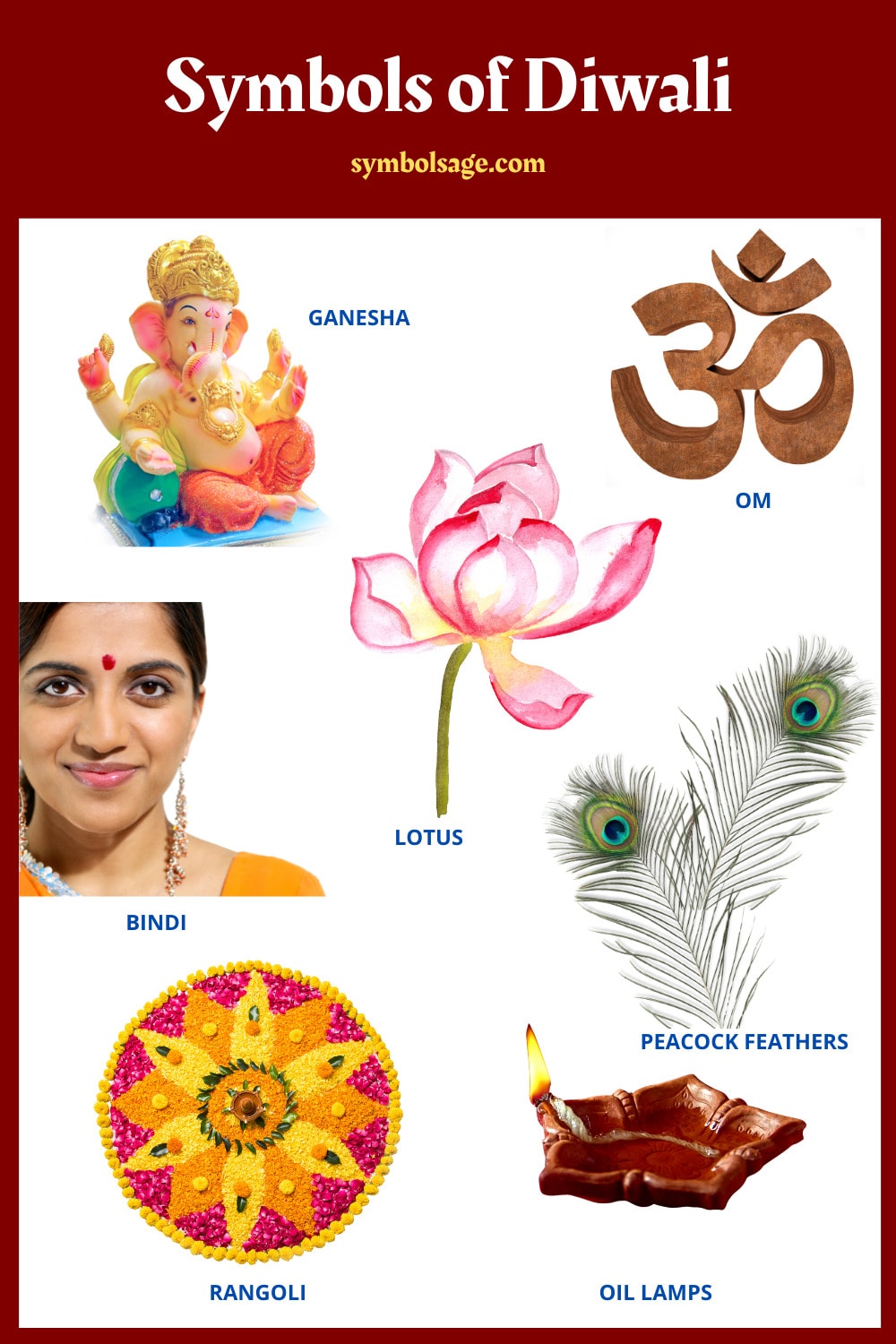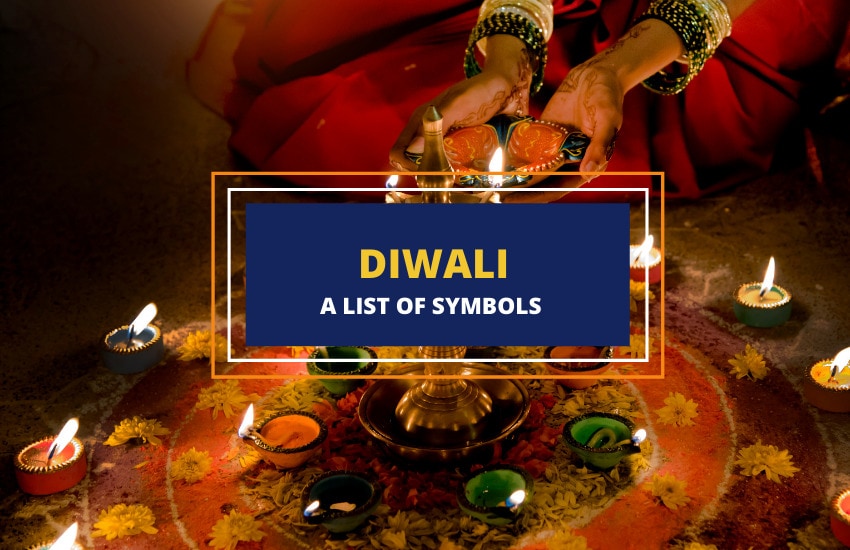
Table of Contents
Also known as the Festival of Lights, Diwali is one of the biggest and most important holidays in India. On this day, people light clay lamps outside their houses, which represents the light that guides and protects their spirit.
But why exactly is Diwali important and how has it evolved over the years? What are the different symbols that people use to represent this holiday? Read on to answer these common questions.
History of Diwali
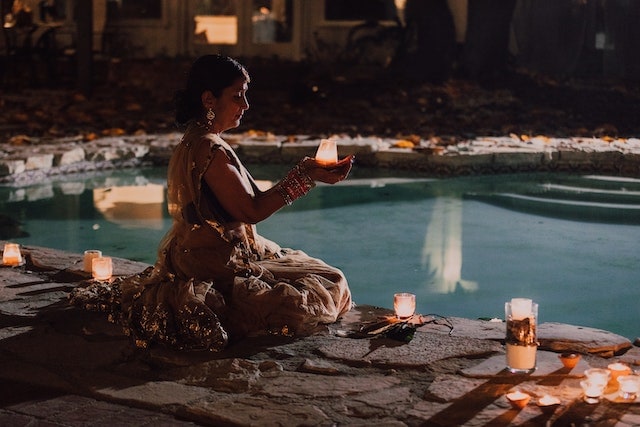
The colorful history of Diwali goes as far back as 2,500 years ago. Celebrated in October or November of each year, this huge holiday is very important in Hindu culture. There isn’t just one single reason why it is celebrated every year.
Historians believe that it is linked to various stories in different religious texts, making it almost impossible to say which came first and what led to the inception of Diwali.
A lot of the stories surrounding this holiday revolve around a central theme – the fight between good and evil. In the northern part of India, Diwali is usually associated with the story of King Rama, which was believed to be one of the many incarnations of Vishnu.
Legend has it that King Rama established an army of monkeys when an evil Sri Lankan king kidnapped his wife Sita. His army built a bridge from India to Sri Lanka, which allowed them to invade the country and set Sita free.
As she returned to the north with King Rama, it is said that millions of lights appeared across the city to guide them back home and welcome them.
The south of India has a different story about Diwali though. They link it to the story of the Hindu god Krishna who managed to free thousands of women from another evil king.
In Gujarat, a state located on the western coast of India, New Year celebrations usually coincide with Diwali and are associated with praying to goddess Lakshmi for wealth and prosperity in the upcoming year. This could be why Hindus usually exchange gifts with their loved ones during Diwali.
Symbols of Diwali
Since Diwali is a very important national event, people who celebrate it have come to share various signs and symbols that aim to capture the essence of the occasion. Here are some of the most popular symbols used to mark this joyful holiday.
1. Ganesha
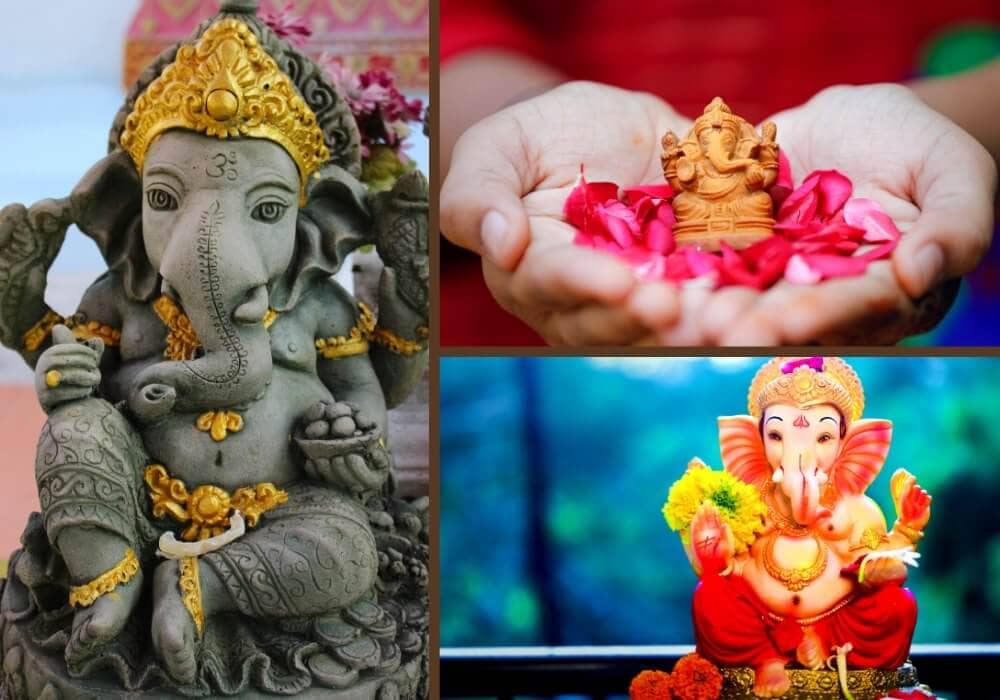
Considered one of the most popular Hindu deities, Ganesha plays a very important part in Diwali customs and traditions. He is usually depicted with a human body and an elephant head, with the latter representing wisdom, power, and the strength of God.
Legend has it that Ganesha received this head from his mother, the goddess Shakti, and he used it to replace the human head that his father Shiva severed because of a misunderstanding between them.
His father then appointed him as the leader of all beings and to be revered and worshipped before any other deity.
Since Hindus believe that Ganesha is the god of beginnings, they usually pray to him before partaking in any activity. During Diwali, they pray to him first and request a great start to their celebration.
Indian businesses also mark the start of the calendar year during Diwali by offering special prayers to both Ganesha and Lakshmi so they can succeed in the coming year.
2. Aum (Om)
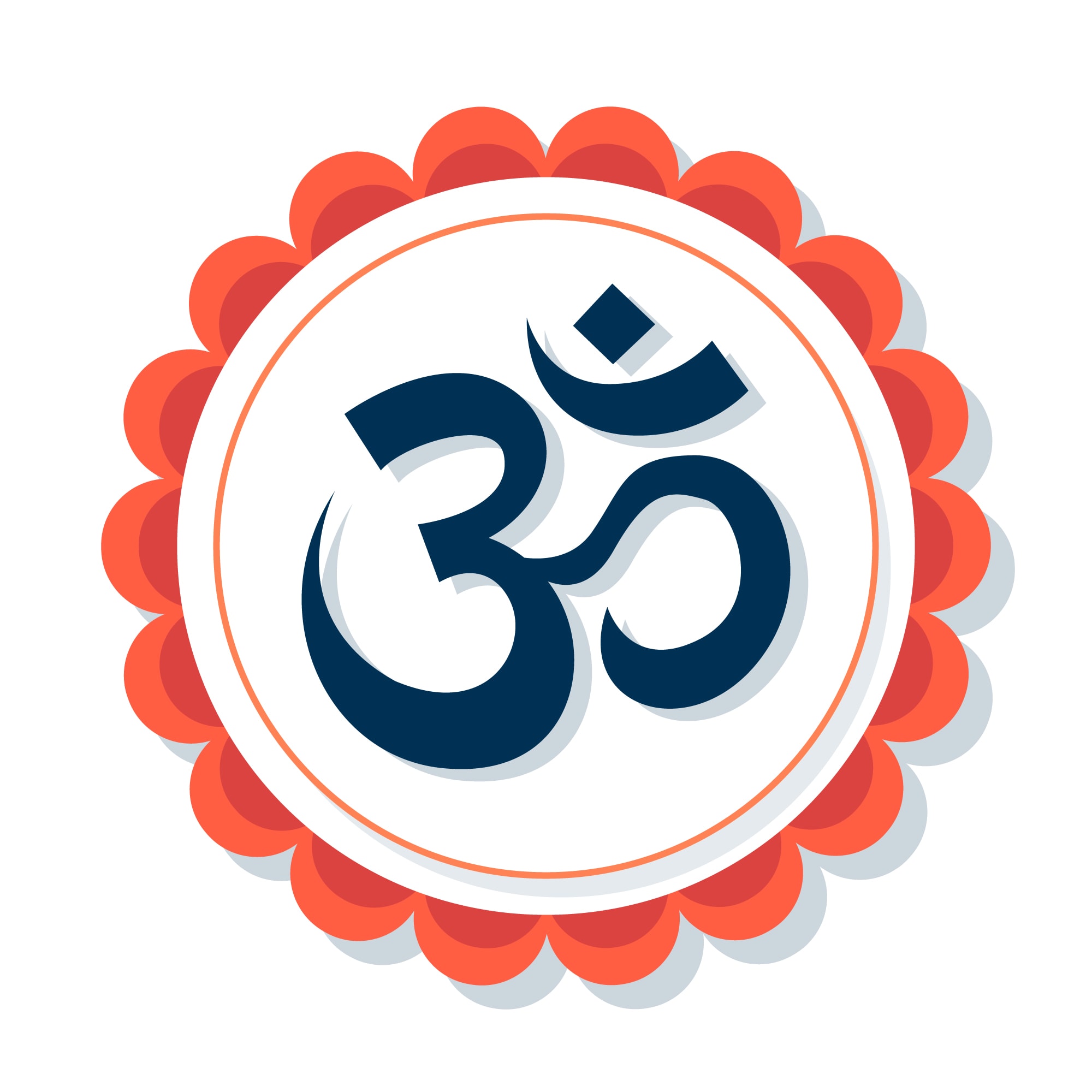
Aum (Om) is also an important symbol of Diwali and the Hindu culture itself. This sacred symbol is a sound that signifies the essence of the Ultimate Reality and is usually chanted independently or before a prayer.
It is broken into three parts, with each part depicting an aspect of the divine. A stands for akaar, which is the vibration manifesting the universe, and U represents ukaar, which is the energy that sustains all creation.
Finally, M stands for makaar, which represents the destructive power that can dissolve the universe and bring it back to the Infinite Spirit.
3. Bindi or Pottu
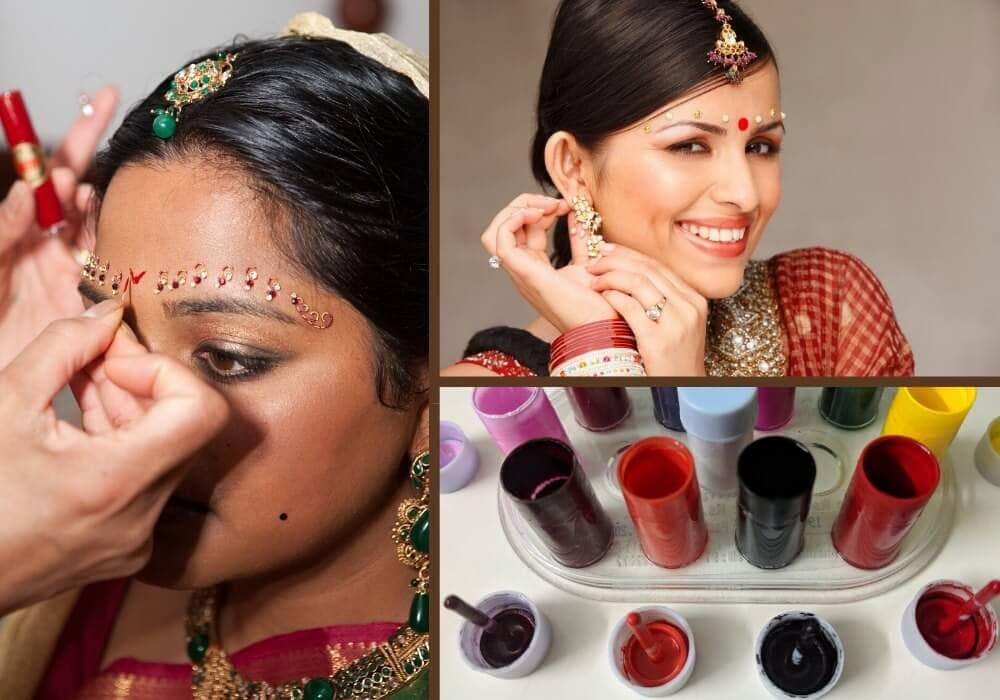
Known by people from northern India as bindi and people from southern India as pottu, this red dot is worn by married women on their foreheads. It is placed directly over the ajna point, a chakra in the human body that represents people’s spiritual eye.
Women wear bindi or pottu to protect themselves from the evil eye. Guests and tourists visiting during Diwali are often welcomed with this red dot or saffron powder as well.
4. Lotus Flower
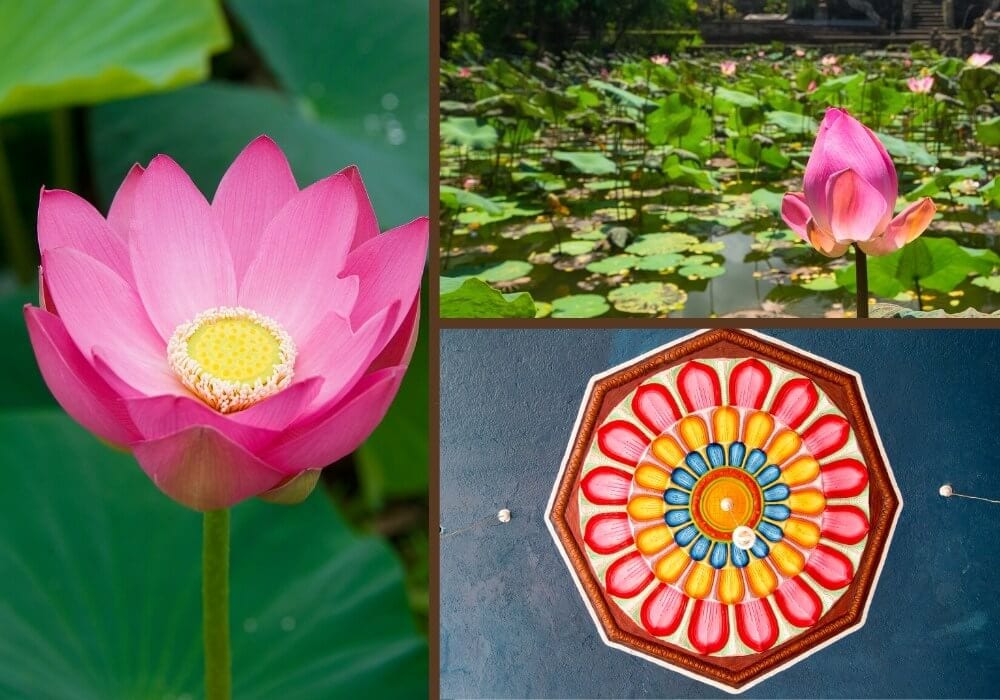
The pink lotus flower is a very popular icon not only in the Hindu religion but also in Buddhist and Jain teachings. People have come to associate it with deities because they were believed to sit on lotus thrones while holding the flower.
Lotus blooms are meant to symbolize how it remains untouched by the bed of mud underneath it, remaining in a pristine state as it floats on top of the water.
This flower is also an important symbol of Diwali because it is closely associated with Lakshmi. Since it’s her favorite flower, Hindus believe that it’s one of the most special offerings that you can prepare for the goddess.
5. Rangoli
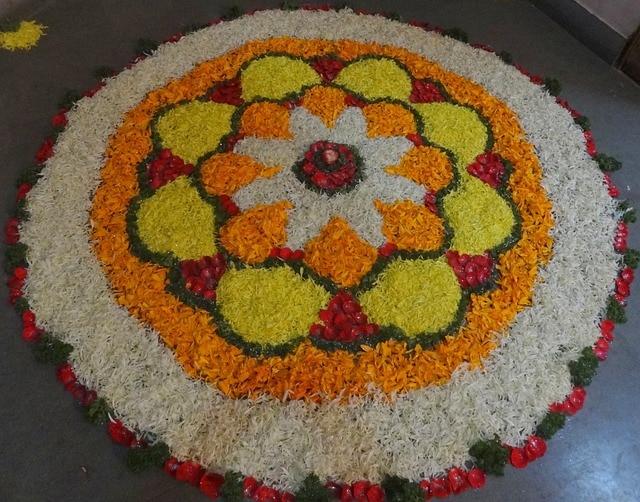
Colorful floor art known as rangoli is also a distinct symbol of Diwali. It is usually made with flour, dyed rice, and flowers that are shaped into various designs.
While its main purpose is to feed birds and other animals, it is said that this floor art also welcomes Lakshmi into people’s homes. This is why more floor art is seen on the entrances of temples and homes during Diwali.
6. Oil Lamps
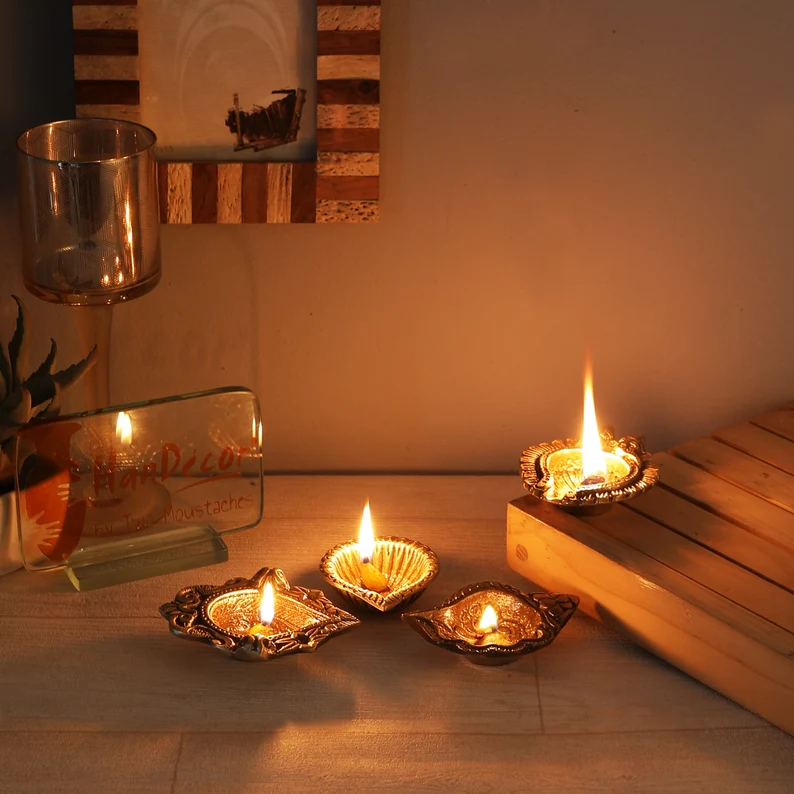
The lighting of rows of oil lamps is the highlight of this festive celebration. In southern India, people believe that this tradition started when the god Krishna banished Narakasura, ruler of the Bhauma dynasty of Pragjyotisha.
Some say that his final wish was for people to commemorate his death by lighting oil lamps. This contradicts what people from the north believe. They think that the lights are meant to celebrate King Rama and his wife’s return.
7. Peacock Feathers
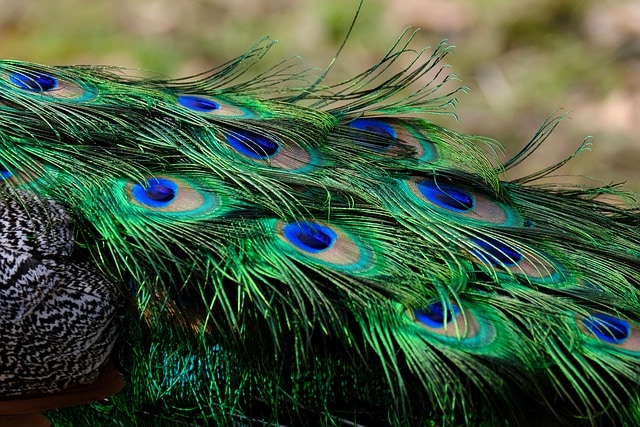
During Diwali, peacock feathers also take center stage as decorations. This stems from Indian culture, particularly from the Hindu epic known as Mahabharata.
Legend has it that the peacocks were so happy with the tune that Krishna played from his flute that the peacock king himself plucked his own feather and offered it as a gift.
Krishna gladly accepted it and wore it on his crown since then, so he was often depicted with a peacock feather on top of his crown.
8. Cleaning Homes
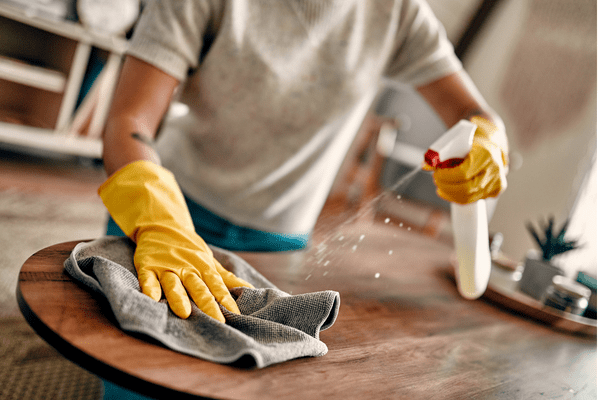
The ancient tradition of sprucing up our homes has been woven into the fabric of our cultures for centuries. It’s a time-honored practice that signifies the importance of creating a welcoming and harmonious living space.
And during Diwali, Hindus take this practice to the next level, with a thorough decluttering of possessions and the display of vibrant ornaments that symbolize renewal and rejuvenation.
With the inviting fragrances of freshly picked flowers, the lush greenery of potted plants, and tasteful furnishings adorning every corner, the ambiance of a Diwali-decorated home can only be described as magical. It’s a transformation that elevates a simple dwelling into a sanctuary of peace and relaxation, perfect for entertaining guests or simply curling up with a good book.
9. Dhanteras
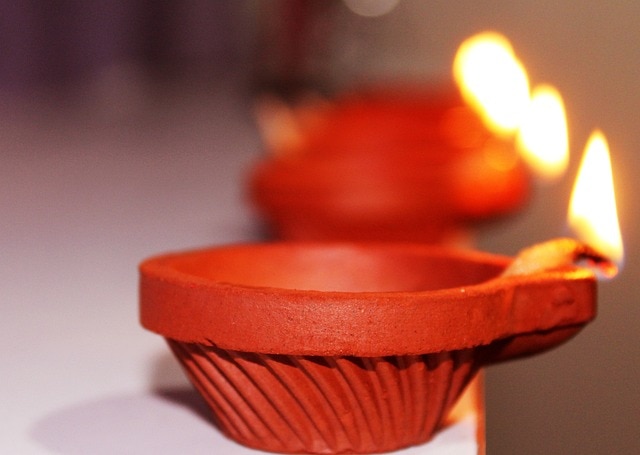
Dhanteras marks the beginning of a five-day festival of lights, Diwali, and it holds significant importance in the Hindu culture. The word ‘Dhanteras’ is derived from two Sanskrit words, ‘Dhan’ meaning wealth and ‘Teras’ meaning thirteenth.
It’s believed that on this auspicious day, Lord Dhanvantari, the God of Ayurveda, emerged from the churning of the ocean with a pot of nectar, signifying health and wealth. In addition to purchasing metals, people also buy utensils and other household items, symbolizing the desire for domestic harmony and prosperity.
The atmosphere is filled with excitement as families prepare traditional sweets and dishes, decorate their homes, and light diyas, inviting blessings and happiness into their lives.
10. Diwali Decorations

Diwali, the festival of lights, is celebrated with great pomp and show in India and is the most widely celebrated festival of the year. The festivities last for five days, and the preparations begin weeks in advance.
People clean their homes, shop for new clothes, and purchase sweets and gifts for their loved ones. The markets are flooded with a variety of decorations, including vibrant lanterns, wall hangings, and intricately designed diyas. These decorations not only add to the celebratory mood but also hold significant religious and cultural significance.
During Diwali, homes are believed to be visited by the goddess Lakshmi, and the decorations are meant to welcome her and bring good luck and prosperity.
11. Diwali Greeting Cards
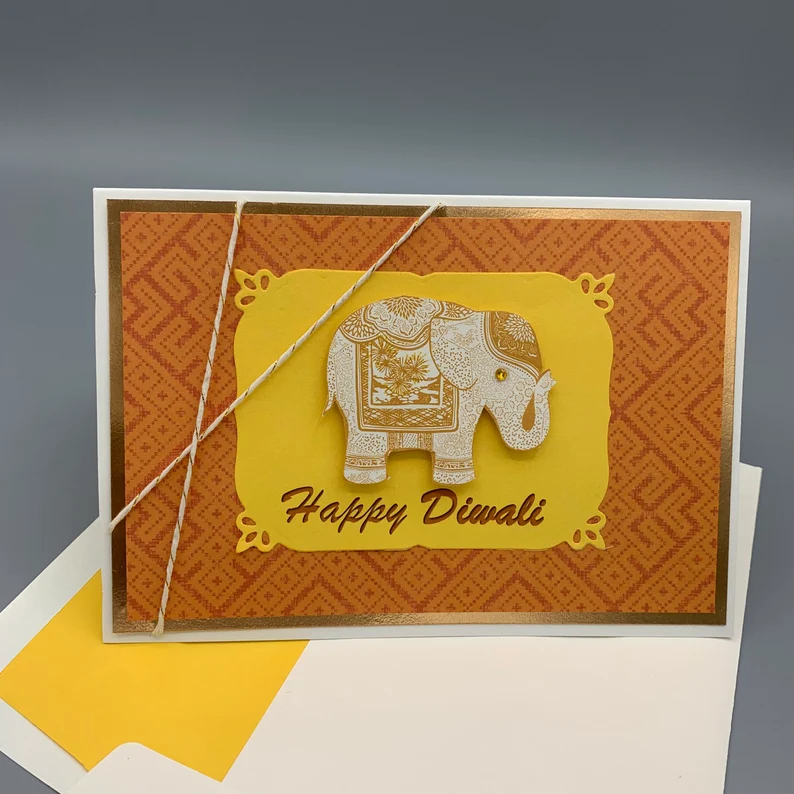
Diwali greeting cards have become an important aspect of the festival, with people eagerly anticipating the arrival of these beautiful expressions of love and goodwill. These cards serve as a bridge between loved ones who may be separated by distance or time, uniting them in the shared celebration of the festival of lights.
They often feature intricate designs, such as images of diyas or peacock feathers, and may even include handwritten messages or personalized photographs. Giving and receiving Diwali cards is a cherished tradition that highlights the importance of meaningful connections and the spirit of generosity during the festive season.
12. Diwali Melas
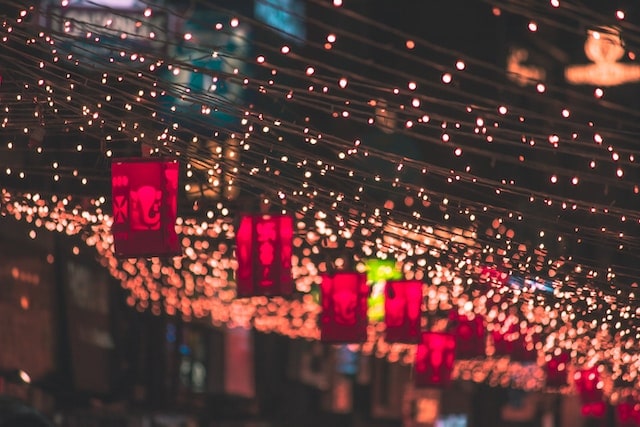
The festive season in North India kicks off with a bang as Dhanteras unleashes a wave of excitement and anticipation. It’s a time when people come together to celebrate the magic of Diwali, and the festivities begin with a bang on the first day of celebrations.
Dhanteras is all about ushering in good fortune and prosperity, and families spare no expense as they purchase gold, silver, and other precious metals. These shiny acquisitions are more than just status symbols – they’re powerful invitations to invite wealth and prosperity into their homes.
And as they light up their spaces, preparing for the arrival of the radiant Goddess Lakshmi, the markets bustle with life, teeming with enthusiastic shoppers and shimmering decorations that add to the magic of the occasion.
13. Diwali Padwa
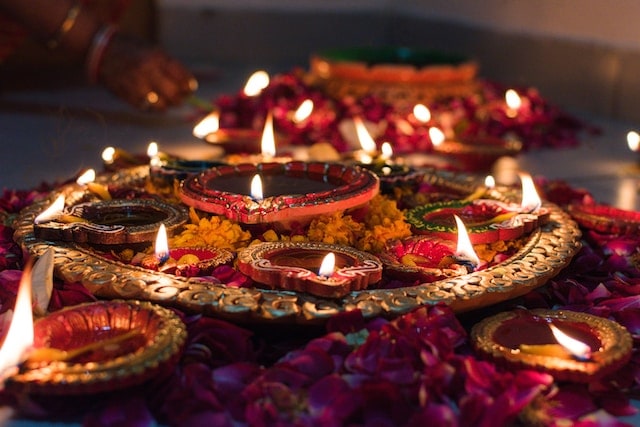
Diwali Padwa, also known as Bali Pratipada, is a vibrant and colorful celebration that marks the fourth day of Diwali. It is celebrated in different ways across India, but in Maharashtra, it holds a special place in the hearts of the people. Families come together on this special occasion, exchanging gifts and dressing in their finest traditional attire. Intricate rangoli designs adorn the floors, and delicious sweets tempt your taste buds.
The day is also significant because it celebrates the return of the daitya-king Bali to earth. As per Hindu mythology, Bali was a virtuous ruler who was banished to the underworld by Lord Vishnu. On Diwali Padwa, it’s believed that Lord Vishnu allows Bali to return to earth, symbolizing the triumph of good over evil.
This unique cultural extravaganza showcases the depth and beauty of Maharashtrian traditions during the Festival of Lights, where people come together to celebrate the return of a just and noble king.
14. Diwali Pahat
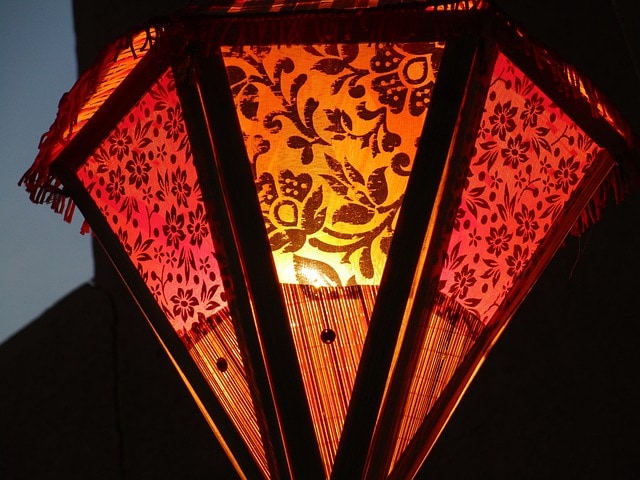
Diwali Pahat, a unique tradition in Maharashtra, begins before sunrise, ushering in the auspicious day of Diwali. People gather in public spaces to enjoy classical music performances and devotional songs, celebrating the rich cultural heritage of India. Musicians, ranging from amateurs to renowned artists, grace the stage, filling the air with melodious tunes.
The tranquil atmosphere is complemented by the cool breeze of the early morning, and the audience immerses themselves in the mesmerizing music.
Diwali Pahat is not just a musical concert, but also a spiritual experience that touches the soul and reminds people of the profound importance of cultural traditions.
15. Diwali-Inspired Fashion
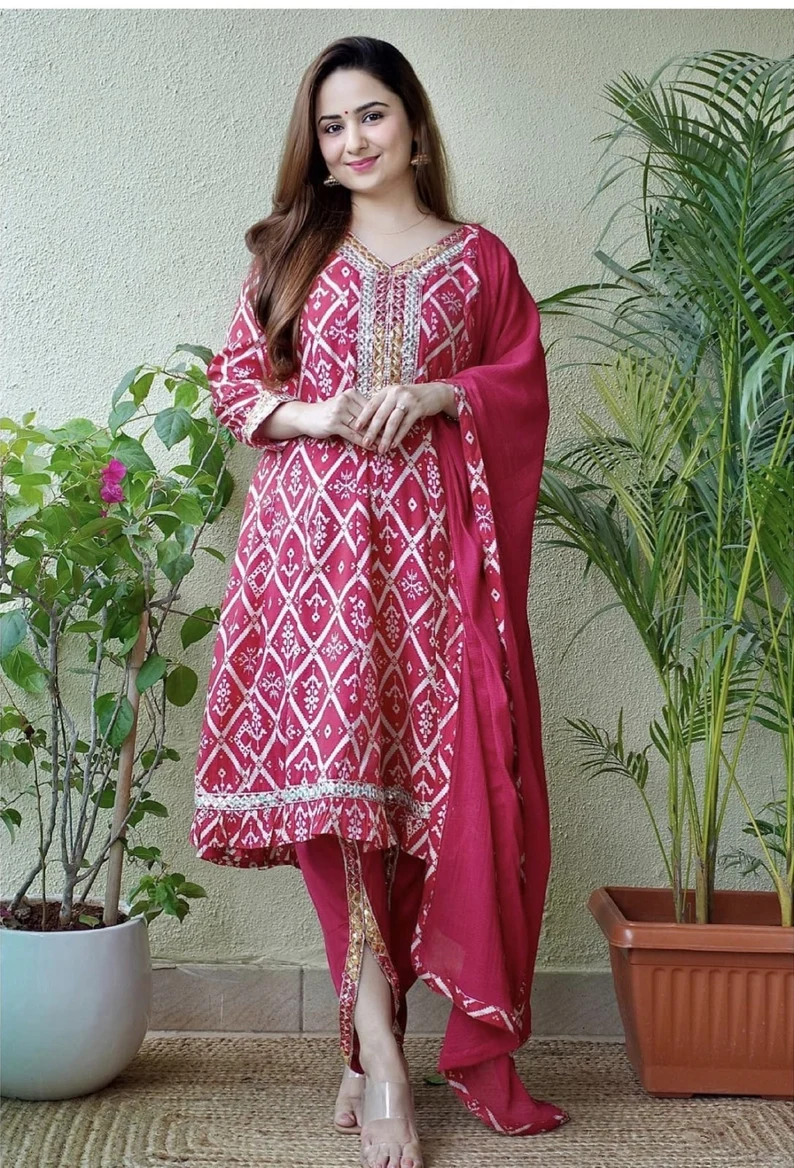
Diwali-inspired fashion is not just limited to clothing but also includes intricate mehndi designs and stunning hairstyles. Women adorn their hands with intricate henna patterns, symbolizing good luck and prosperity.
Meanwhile, men and women experiment with new hairstyles, ranging from classic buns and braids to contemporary twists and updos. The trend of sustainable and eco-friendly fashion has also made its way into Diwali celebrations, with designers using natural dyes and fabrics to create beautiful, earth-friendly outfits.
Furthermore, online platforms have made it easier for people to browse and purchase Diwali-inspired fashion from the comfort of their homes.
16. Diya Lamps
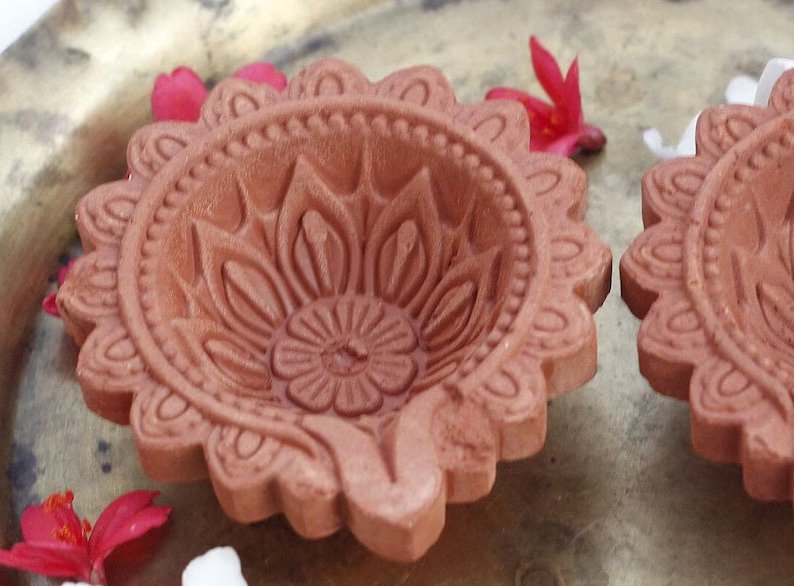
Diya lamps have been an integral part of Diwali celebrations for centuries, with the earliest references dating back to the Hindu epic, Ramayana. The lamps are placed in rows or patterns, creating a mesmerizing visual display that adds to the festive atmosphere.
Diya-making is an art form in itself, with skilled artisans across India crafting exquisite pieces that are sold in local markets during Diwali. The significance of diyas extends beyond the festival, as they are also used during other auspicious occasions and religious ceremonies.
In recent years, eco-friendly diyas made from materials like bamboo and coconut shells have become popular, promoting sustainability and reducing waste. Diya lamps remain a cherished symbol of the Festival of Lights, embodying the spirit of hope, positivity, and prosperity.
17. Family Gatherings
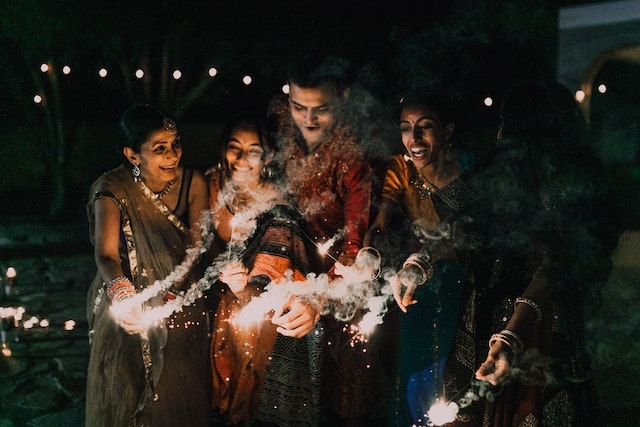
Amidst the sound of raucous laughter and the tantalizing aroma of delicious home-cooked meals, family gatherings are nothing short of magical. It’s a time when loved ones unite, sharing warm embraces and reliving cherished memories.
The hallways are filled with the joyous chatter of playful banter as children chase each other around, while adults reconnect over stories and experiences. The atmosphere is electric, alive with the spirit of togetherness and the bonds of kinship that grow stronger with each passing moment.
Family gatherings are a celebration of love, a time when the ties that bind us together are strengthened, and the memories we make will be treasured for a lifetime.
18. Fireworks

Fireworks are an integral part of Diwali celebrations and are seen as a symbol of the festival of lights. They are believed to represent the triumph of light over darkness and good over evil. The tradition of lighting fireworks dates back centuries, and it is said that the sound of firecrackers is meant to drive away evil spirits.
Diwali is a time for joyous celebrations, and the bright colors and explosive sounds of fireworks add to the festive atmosphere. However, it is important to use them safely and responsibly to avoid accidents and injuries.
19. Gifts and Gift Exchanges
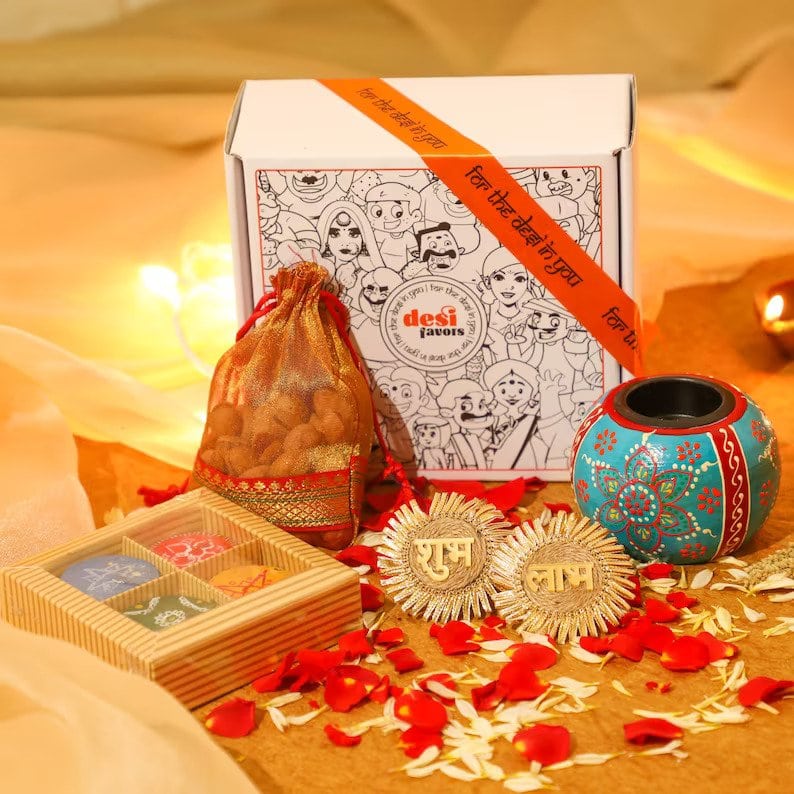
It’s customary to exchange gifts with family, friends, and loved ones during the festival of lights. The act of giving gifts is seen as a way to strengthen bonds, share joy, and spread happiness. Traditional gifts include sweets, decorative items, clothing, and jewelry.
The exchange of gifts also signifies the start of a new year and the beginning of a fresh start. Diwali is a time for generosity, kindness, and spreading goodwill, and the tradition of gift-giving reinforces these values.
20. Goddess Lakshmi
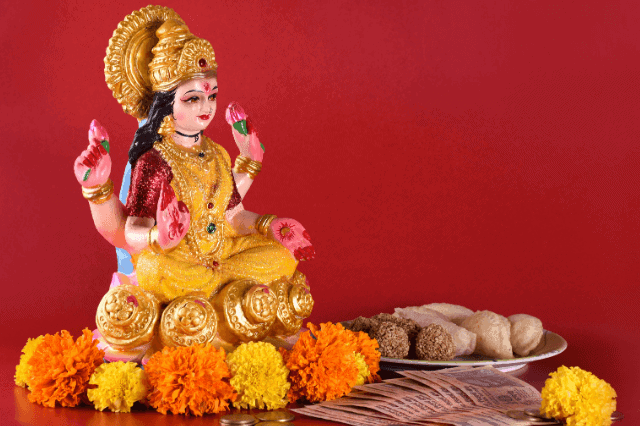
Goddess Lakshmi is a prominent deity in Hinduism and is worshipped for her auspiciousness and good fortune. She is believed to have emerged from the churning of the ocean of milk during the Samudra Manthan, a significant event in Hindu mythology.
In addition to wealth and prosperity, Lakshmi is also associated with beauty, purity, and fertility. Her four arms represent the four ends of human life: dharma (righteousness), artha (wealth), kama (desire), and moksha (liberation).
Lakshmi is often depicted sitting or standing on a lotus flower, symbolizing purity, detachment, and spiritual awakening. She is also associated with Diwali, the festival of lights, which celebrates her arrival on Earth and the triumph of good over evil.
21. Gold and Silver Coins

For centuries, coins have served as a tangible representation of a nation’s wealth and identity. The earliest coins were made of electrum, a naturally occurring alloy of gold and silver, and their value was determined by weight.
Over time, coins were refined and standardized, with intricate designs and inscriptions that reflected the culture and history of the issuing authority. Coins have also played a significant role in international trade, with some coins, such as the Spanish silver dollar, becoming global currencies.
Today, coins continue to be produced with advanced technologies, and coin collecting remains a popular hobby and investment opportunity.
22. Incense Sticks
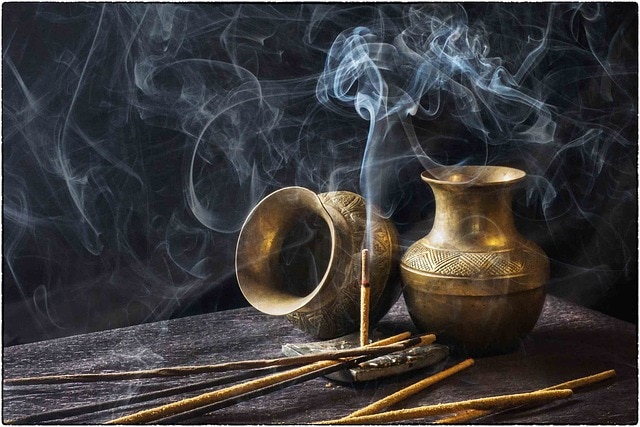
The practice of burning incense has been around for thousands of years and is an integral part of many cultural and religious traditions. Ancient Egyptians used incense during religious ceremonies and to mask unpleasant odors, while traditional Chinese medicine incorporated incense for its therapeutic properties.
In India, incense-making has been elevated to an art form, with intricate blends of spices, herbs, and resins used to create unique fragrances that are believed to have healing and purifying properties.
The process of hand-rolling incense sticks is a meticulous craft that requires skill and patience, passed down through generations. The use of incense is not just for religious purposes but also for enhancing mood and creating a calming atmosphere in homes and meditation spaces.
23. Kuber
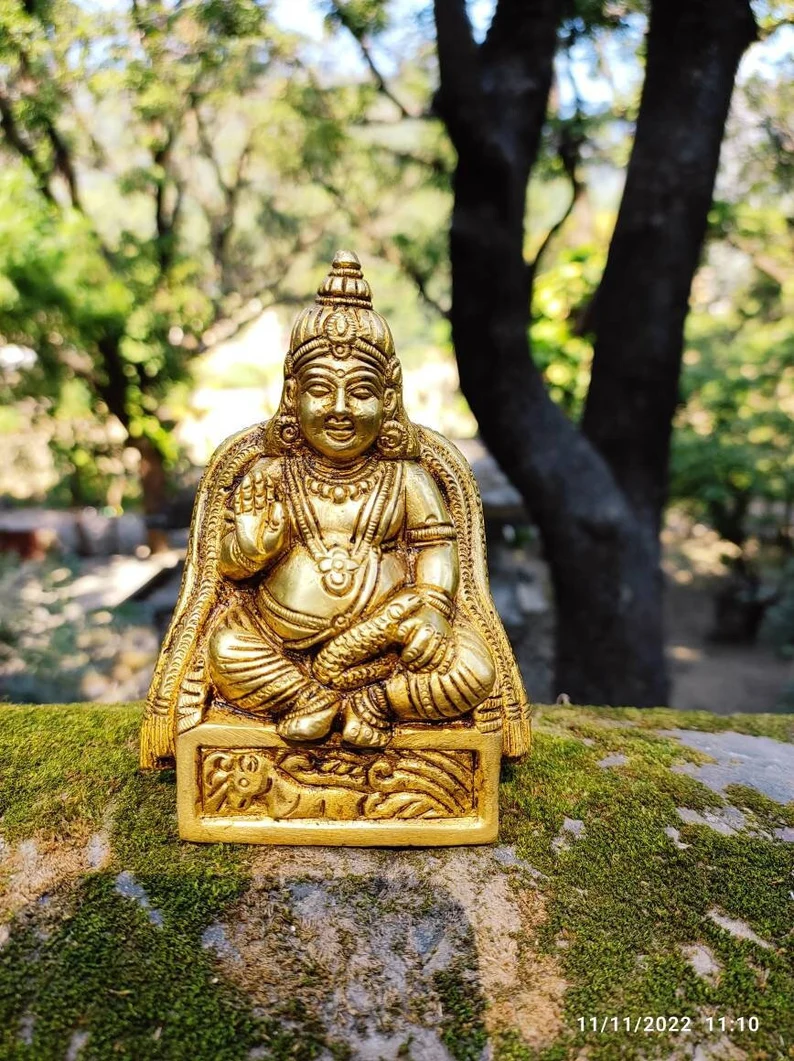
Kuber, also known as Kubera, is a revered deity in Hinduism, Jainism, and Buddhism. In Hindu mythology, Kuber is one of the eight guardians of the world, and his divine influence extends beyond wealth and prosperity.
He is regarded as the protector of the North direction, the guardian of the Yakshas (mythical beings associated with wealth and fertility), and an ardent devotee of Lord Shiva.
Kuber is believed to have been born from a union between Vishrava (a sage) and an apsara (a celestial nymph).
He is often depicted with a mongoose, which is a symbol of his ability to transform base metals into gold, and a pomegranate, representing his wealth and abundance. Kuber’s blessings are not limited to material prosperity; he is also known to bestow spiritual wealth and contentment to his devotees.
24. Marigold Flowers
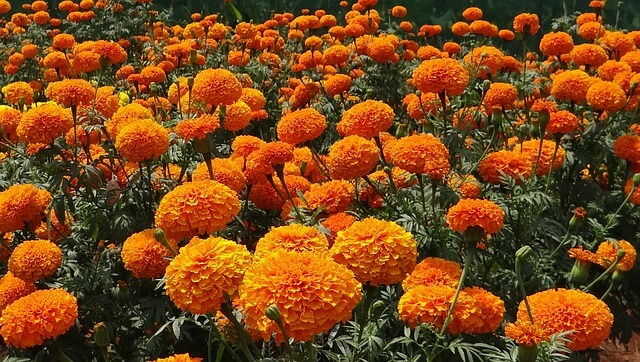
Marigold flowers are more than just beautiful decorations; they also have practical uses. In many traditional medicines, marigold extract is used for its anti-inflammatory, anti-bacterial, and anti-viral properties.
The petals are rich in antioxidants and carotenoids, which are essential for maintaining healthy eyesight and skin. Marigolds are also a vital part of many agricultural practices. They are often used as companion plants, protecting crops from pests and diseases, and improving soil quality.
Additionally, marigold flowers are used in the production of natural dyes, yielding vibrant shades of yellow and orange. The versatility and significance of marigold flowers have made them an integral part of numerous cultures and traditions worldwide.
25. New Clothes
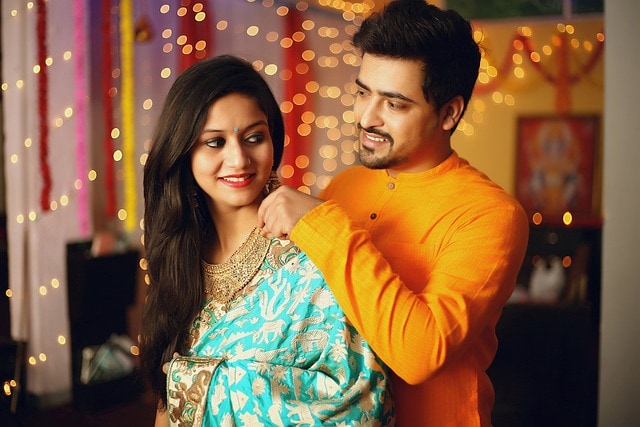
New clothes hold significant cultural and religious importance in many societies. In some traditions, new clothes are worn during festive occasions, signifying a fresh start and the end of a period of sacrifice or fasting.
In others, new clothes are believed to ward off evil spirits and attract good fortune. The act of buying new clothes can also hold deeper meaning, with people often purchasing them as a form of charity, donating to those in need.
Furthermore, the textile industry has a long history of craftsmanship and artistry, with techniques and patterns passed down through generations. New clothes, therefore, not only represent personal transformation but also honor the rich cultural heritage of textile production.
How Is Diwali Celebrated?
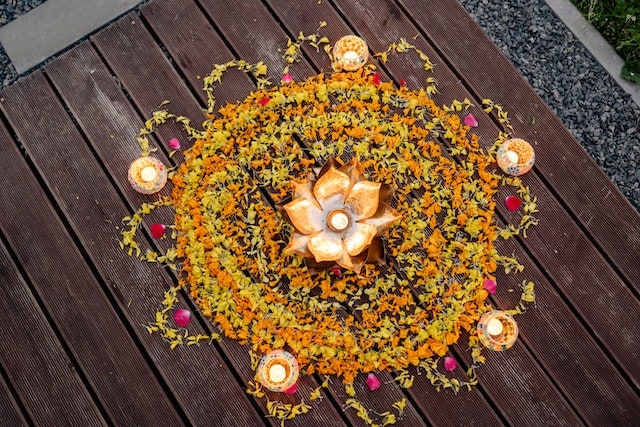
While Diwali is a very important holiday to the Hindus, non-Hindi communities also celebrate it. For example, Sikhism is meant to commemorate the day that Guru Hargobind Ji, revered as the sixth guru of the Sikh religion, was freed after spending two years in prison under Mughal rule.
In Jainism, Diwali is also an important event because it stands for the day that Lord Mahavira, known for giving up all his worldly possessions, first experienced a spiritual awakening.
This national holiday is celebrated over five days. On day one, people start cleaning their homes to prepare for the festivities. They also flock to the market, shopping for kitchen utensils or gold to attract good luck.
On the second day, people usually start decorating their homes with rows of clay lamps, also known as deepa. They also create colorful patterns on the floor using sand or powder.
The third day of the festival is considered the main event. Families gather in prayer. They recite the Lakshmi puja, a prayer which is offered to the goddess Lakshmi, wife of Vishnu and goddess of wealth and prosperity.
After their worship, they light up fireworks and feast on scrumptious traditional food like spicy samosas and savory masala peanuts.
On the fourth day of Diwali, people usually visit their friends and family to give them gifts and offer them best wishes for the year to come. Finally, they wrap up the festival on day five, with brothers coming to visit their married sisters and enjoying a lavish meal with them.
FAQs about Diwali
Diwali is typically celebrated in October or November each year, depending on the lunar calendar.
Diwali is a Hindu festival that symbolizes the victory of light over darkness, good over evil, and knowledge over ignorance.
Some traditional Diwali customs include lighting diyas, creating rangoli designs, exchanging gifts and sweets, and performing puja (prayer) rituals.
While Diwali is primarily a Hindu festival, it is also celebrated by Jains, Sikhs, and some Buddhists.
People celebrate Diwali by decorating their homes and streets with lights and colorful decorations, preparing traditional sweets and dishes, and gathering with friends and family to exchange gifts and celebrate together.
Wrapping Up
These are only some of the most popular symbols that are often associated with Diwali. Whether you’re thinking of joining the celebrations or you were simply curious about Hindu customs and traditions, understanding the history and significance of this noteworthy national event is surely a step in the right direction.
Similar Articles:
12 Powerful Islamic Symbols and Their Meanings
8 Powerful Symbols of Lent: A Journey of Faith and Reflection
The 10 Most Famous Symbols of Easter
11 Powerful Symbols of Baptism and What They Mean
5 Popular Halloween Symbols, Origins, and Traditions
